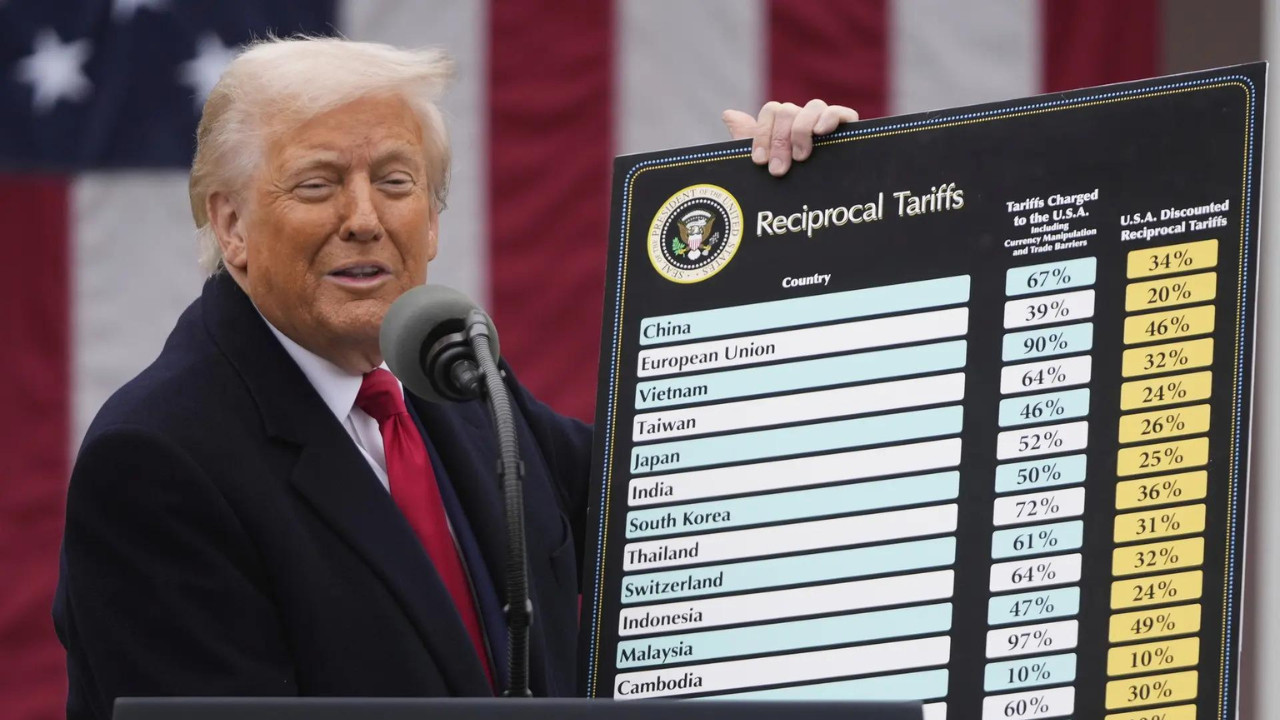ITR filing FY 2024-25: Choosing the right income tax regime is crucial for ITR filing. Salaried taxpayers can choose between the new and old regimes annually. The new regime has undergone revisions, making it more appealing. Tax slabs differ significantly between the regimes. Here is a comparison to make an informed choice:
Decoding the Tax Maze: New vs. Old Regime for FY 2024-25
Tax season. The very words can send shivers down even the most financially savvy spines. As we gear up for Income Tax Return (ITR) filing for the financial year 2024-25, a critical question looms large: which tax regime – the new or the old – will actually leave more money in your pocket? It’s a decision that demands careful consideration, moving beyond generic advice and delving into the specifics of your financial reality. So, let’s cut through the complexity and explore how to choose the right path.
Understanding the Landscape: A Quick Overview
The Indian income tax system presents us with two distinct options: the older, more familiar regime, and the relatively new, simplified regime. The old regime is characterized by a plethora of deductions and exemptions – think investments like PPF, insurance premiums, HRA, and various others. This regime encourages savings and investment, potentially lowering your taxable income significantly if you utilize these options.
The new regime, on the other hand, boasts lower tax rates but with considerably fewer deductions and exemptions. The idea behind it is simplicity: a straightforward calculation with minimal paperwork. However, its appeal hinges entirely on whether the lower rates outweigh the benefits of the deductions you might be giving up.
Navigating the Deduction Jungle: The Old Regime Advantage
The old regime shines for those who actively engage in tax-saving investments. If you contribute regularly to your Public Provident Fund (PPF), invest in ELSS mutual funds, pay home loan EMIs (principal component), or have significant expenses like tuition fees for your children, the old regime might be your best bet. These deductions, especially when combined, can dramatically reduce your taxable income, potentially pushing you into a lower tax bracket.
For example, someone claiming deductions under Section 80C (up to ₹1.5 lakh), HRA (House Rent Allowance), and Section 80D (medical insurance premium) could see a substantial reduction in their taxable income under the old regime.

The Allure of Simplicity: The New Regime’s Appeal
The new regime is attractive for individuals who prefer a streamlined approach to tax filing and aren’t keen on making tax-saving investments. It offers lower tax rates across various income slabs, potentially resulting in lower tax liability even without the deductions.
This regime is particularly appealing to younger individuals just starting their careers, those with limited investment portfolios, or those who find the paperwork associated with claiming deductions cumbersome. It’s a “plug-and-play” approach to taxation, prioritizing ease of use over potential tax optimization through investments.
Making the Right Choice: A Step-by-Step Guide
Choosing between the old and new regimes isn’t a one-size-fits-all decision. Here’s a practical approach to help you determine the most beneficial option for you:
1. Calculate Your Income: Start by determining your total gross income for the financial year.
2. Estimate Deductions (Old Regime): Make a realistic estimate of all the deductions you can claim under the old regime. Include everything from PPF contributions to medical insurance premiums and home loan interest.
3. Calculate Taxable Income (Old Regime): Subtract the total deductions from your gross income to arrive at your taxable income under the old regime.
4. Calculate Tax Liability (Old Regime): Use the applicable tax rates for the old regime to calculate your tax liability based on the taxable income you just calculated.
5. Calculate Taxable Income (New Regime): Since there are fewer deductions in the new regime, your taxable income will likely be closer to your gross income.
6. Calculate Tax Liability (New Regime): Use the applicable tax rates for the new regime to calculate your tax liability.
7. Compare and Contrast: Compare the tax liability under both regimes. The regime with the lower tax liability is generally the more advantageous option for you.
8. Factor in Future Plans: Consider your future financial plans. Are you planning to increase your investments in the coming years? If so, the old regime might become more beneficial in the long run.
Consider using online tax calculators. Many websites offer free tools that allow you to input your income and deductions and compare the tax liability under both regimes automatically.
Beyond the Numbers: Context Matters
While the calculations provide a solid foundation, remember that individual circumstances play a significant role. For instance, if you are nearing retirement, maximizing tax-saving investments under the old regime could be crucial for building a robust retirement corpus. Conversely, if you are focused on paying off debt and have little room for investments, the new regime might offer immediate relief.
Also, take into account potential changes in tax laws in the future. While we can only work with the information we have today, it’s prudent to be aware that tax policies can evolve.
For additional information on investment strategies that can impact your tax planning, check out our guide on [smart investment tips](internal-link-to-related-content).
Making an Informed Decision This Tax Season
Ultimately, navigating the new vs. old tax regime requires a personalized approach. By carefully analyzing your income, potential deductions, and future financial goals, you can make an informed decision that minimizes your tax burden and maximizes your financial well-being. Take the time to crunch the numbers, explore your options, and choose the regime that truly aligns with your unique circumstances. Don’t just follow the crowd; pave your own path to tax efficiency.







